Planning a house renovation project after a long gap is a huge undertaking as it involves a lot of brainstorming, research, expert consultations, financial planning and whatnot. What’s even more taxing is executing the project in real-time. Don’t worry, we are here for you
If you are willing to update your home, improve the aesthetics or even increase its sale value, then you can go in for a home renovation project. Though renovation can take place even in newer homes, it is still most commonly associated with older homes as they come up with more complicated structural issues. This is typically because things were made very differently back then. Hence, home renovation for older homes present costly challenges which aren’t very pleasing to the pockets, a few of which are:
- Building materials used then are no longer available or considered unhealthy.
- Bad renovation work done repeatedly by a mediocre workforce.
- Obsolete plumbing, flooring and electrical wirings.
- Outdated layouts that favour small rooms with long corridors.
If you want to ensure that your house renovation project runs smoothly, safely and within your set budget, then it is advised that you follow a set of logical and practical steps to avoid rework later. Enjoy the fruits of your labour with careful planning and execution at the initial stages.
Although the terms ‘renovation’, ‘refurbishment’, ‘remodelling’ and ‘retrofitting’ are often used interchangeably, there are differences among them:
- Retrofitting: Adding an extra component or feature to something which it did not have when it was first manufactured or constructed. For example, double glazing or new heating systems.
- Refurbishment: Undertaking an improvement process by cleaning, retrofitting, equipping or decorating.
- Remodelling: Changing the structure’s layout either by altering it or extending it.
- Renovation: Restoring something to its original state or to a good condition that is refreshing and reinvigorating.
Sometimes, the owners of old houses undertake a combination of the above processes, depending upon their needs and the urgency to achieve an outcome that not only retains the former glory but also modernises the layout in line with the current trends.
Moreover, it is considered cheaper to renovate a house than to build an entirely new one. The entire home renovation project could take between two and eight months depending upon your plans in consultation with a professional contractor.
Let’s get the basics right before moving ahead. There are 11 common steps to consider in a home renovation project, which are:
- Assess The Property’s Current Potential: Keep a check on things that will cost a lot for repairs, ensure if the structure has modern electrics and heating and see if there is any scope to extend. If one is aware of these potential problems beforehand, then you can set a more realistic plan for your house renovation project.
- Prepare A Design And Schedule Of Works: Think about how you want to make the new changes work with the existing structure, either blending it in or extending it dramatically. Be clear on all steps you will need to take to renovate your home beforehand and prioritise the schedule of works. It is important to have a clear vision and blueprint for the whole house, and also make sure to do the works in a logical order so that you won’t undo jobs in the process.
- Work Out The Costs And Set A House Renovation Budget: Consult an architectural designer and thoroughly research the room-wise and total house renovation costs (combining the civil work, associated services and furnishing requirements) to ensure that the house renovation project is financially viable. The best way to work through the project finances is to first be sure about what the major priorities should be, what you can afford to do and when. Keep a buffer of 10-20% of the total house renovation cost to deal with any unforeseen contingencies at the time of project execution. Be sure to also include house renovation service costs such as painting, plastering, polishing, roof repair, replacing floors, electrical wiring and bathroom fittings in the total house renovation budget.
- Hire The Best Contractor For Your Work: Look out for the best contractor and builders through family/friends so that you feel confident about their working skills. It is also advisable to get a clear quote from the contractor so that you can negotiate a great deal without compromising on the quality of work.
- Check For House Renovation Restrictions And Secure Permits: Recheck the house renovation restrictions and secure any permissions or planning consents if the works are authorised elsewhere.
- Commence The Actual House Renovation Work: The house renovation work starts on the ground with stabilising the existing foundations, securing drainage, uncovering any hidden problems and working on them, and then moving on to modifying the structures with conversions or extensions followed by finishing the walls, roofs, openings for doors and windows, etc. Work behind the walls first and then proceed outwards. In this regard, home renovation services include electrical work, waterproofing, bathroom plumbing and fittings, along with installing flooring, painting and polishing.
- Ensure The Welfare Of The Builders: Cater to the needs of your builders when they are at work so that they have a sense of belongingness to their work and your project and schedule don’t suffer, since they are the ones who are physically working on its completion day in and day out. Allocate areas for them to safely park, take lunch breaks and also provide them with a temporary washroom so that they do not intrude into your personal space and privacy.
- Giving The Finishing Touches: Now that you are nearing the finish line of your old house renovation project, you can give it some finishing touches by installing a staircase, wardrobes, cabinets, light fixtures, etc.
- Tidy Up The Workspace: Tidy up the workspace at the end of each day so that the workforce that comes in to start their new job the next day isn’t held up because of the mess. This part will become easier for you if you have a project manager who oversees all subcontractors and ensures that the place is tidy at all times.
- Dispose Of The Rubbish: When it comes to disposing of the rubbish, you can sort stuff which you can make small money out of like unwanted fittings and fixtures rather than throwing everything out in a hurry. You can also donate to charity and finally bin things that are not environmentally friendly and are damaged beyond repair. This way, you can efficiently reduce your skip costs.
- Decorate Your Home: You can then put on your final stamp on the newly completed home by decorating it in your own personal way. This part of the renovation project is most looked forward to since it is fun and involves lighter work. Choose your favourite colour schemes and work around with the decor. However, be sure that you stick to minimalistic and classic designs rather than passing interior trends so that quality is maintained over a longer period of time.
Now that you are clear on the steps involved in a home renovation project, we can deep-dive into room-by-room (main ones) renovation guidelines, tips and the associated costs.
Bedroom Renovation
Some great renovation ideas for the bedroom and kid’s room can include decorative headboards, generous square footage, reflective and smart-looking wardrobes, soft and pastel wall shades, thoughtful lighting and awe-inspiring wall-to-ceiling designs. You can go more creative and playful while renovating your kid’s bedroom.
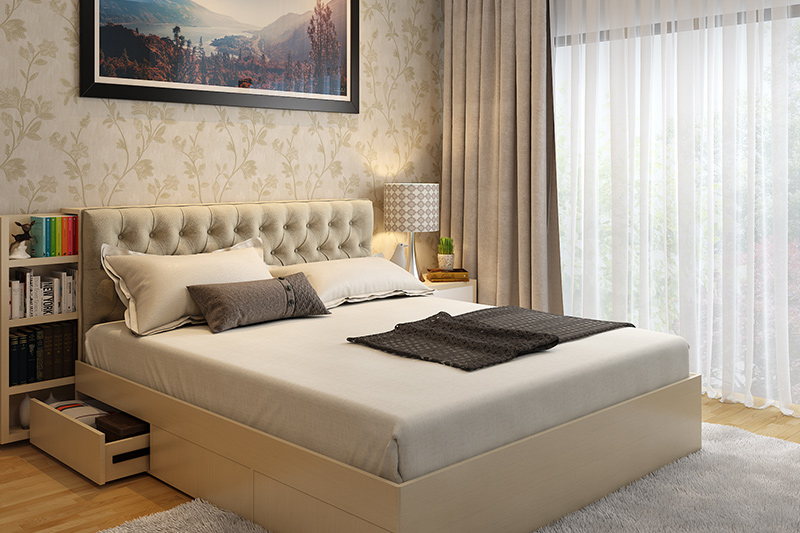
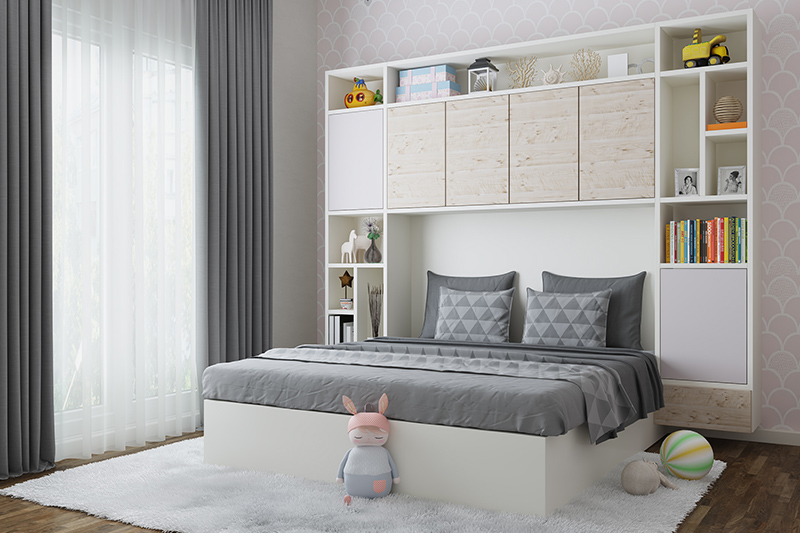
Also read more about Bedroom Renovation Ideas
Dining Room Renovation
A few tips to renovate and change the look of your dining room can include installing a stylish pendant light, an architectural wall niche, carefully selected furniture and decor accessories that add a bit of visual drama to the dining room landscape.
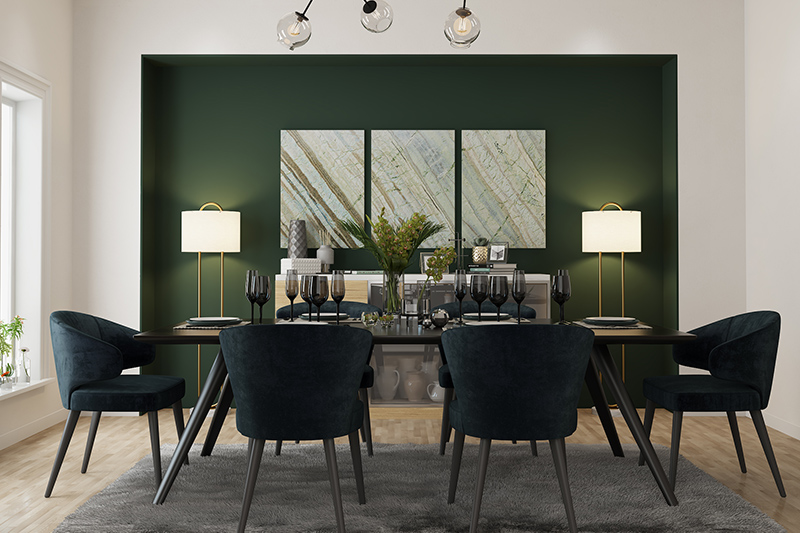
Living Room Renovation
Living rooms are one of the most popular rooms of your house so keep the look minimalistic but savvy at the same time. You can do this by playing around with the right colours that reflect your personality and enhance your mood, be it wall paint or wallpaper. You can also add new furniture and lighting to brighten up the space and make it more lively. Finally, don’t forget about the smaller details in terms of curtains or other decors as they visually make a lot of difference. A nested coffee table is a must-have since it adds character to a living room.
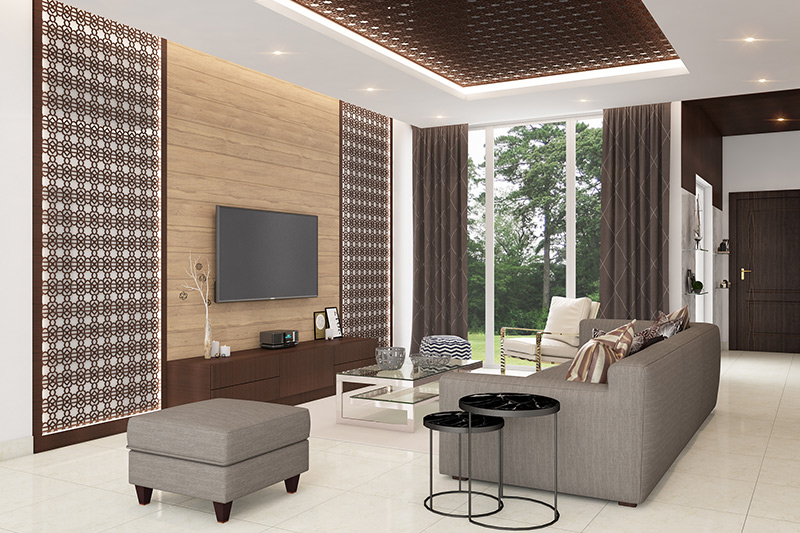
Kitchen Renovation
When you are planning your kitchen renovation, focus on what works for you and keep the layout simple and practical enough while styling it up a bit. All the working surfaces should be strong and durable. Install the right cabinetry/hardware, appliances, installation and countertops as they collectively constitute more than 50% of the entire kitchen cost. Kitchens are now also constructed on an open-plan format so you can make use of adorable kitchen islands for a great cooking and eating experience, and match with the decor of the merged room.
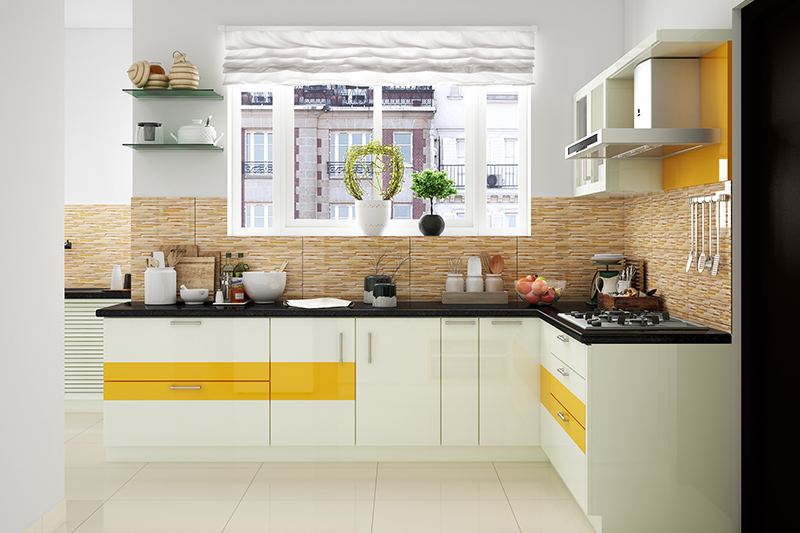
Bathroom Renovation
Bathroom renovation is the biggest do-it-yourself renovation project that can bear significant expenses if it is done entirely or if another one is added to the house plan. It also takes the longest if the workforce does not coordinate properly. Consider getting large tiles so that you can see fewer grout lines and it is easier to clean. Install the correct choice of hung toilets, shower area, fixtures, countertops and cabinets since they also make up more than 50% of the entire bathroom cost.
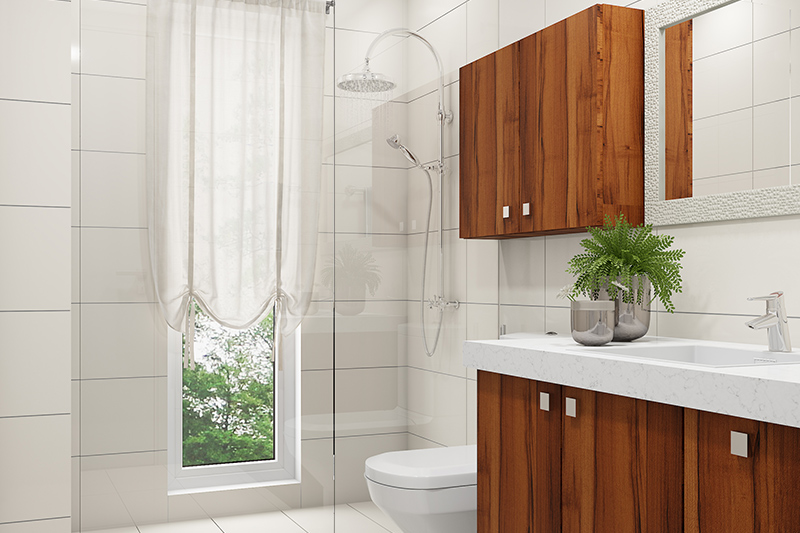
Utility Room Renovation
The utility room is one of the least interesting rooms in the house since all the cleaning and washing chores happen there, which is not a very pleasing sight. You can renovate your utility room in a way such that all the workflow makes sense, the appliances fit, equipped with humidity venting facilities, an electric line for drying and water supplies for the washing machine and the laundry area.
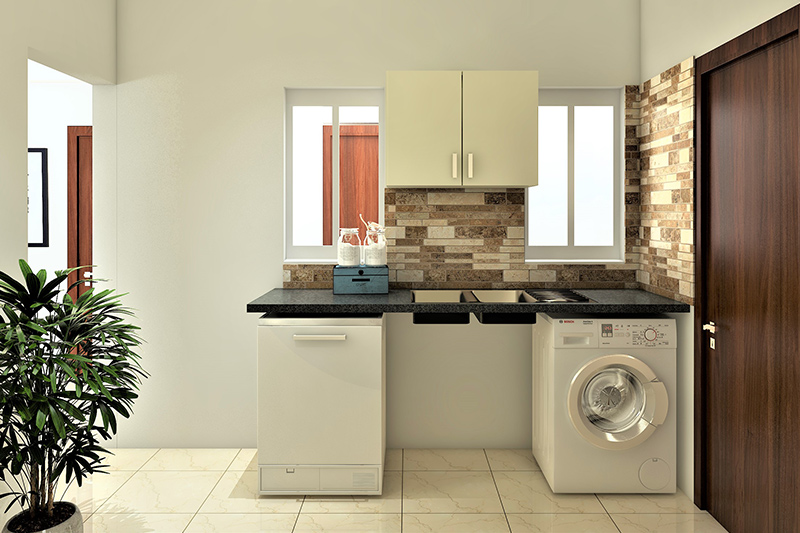
Now that we have equipped you with a handy and practical guide, go ahead and start planning your home renovation project without any apprehensions. Relax and enjoy your revamped home. Good luck!
 Select Category
Select Category














